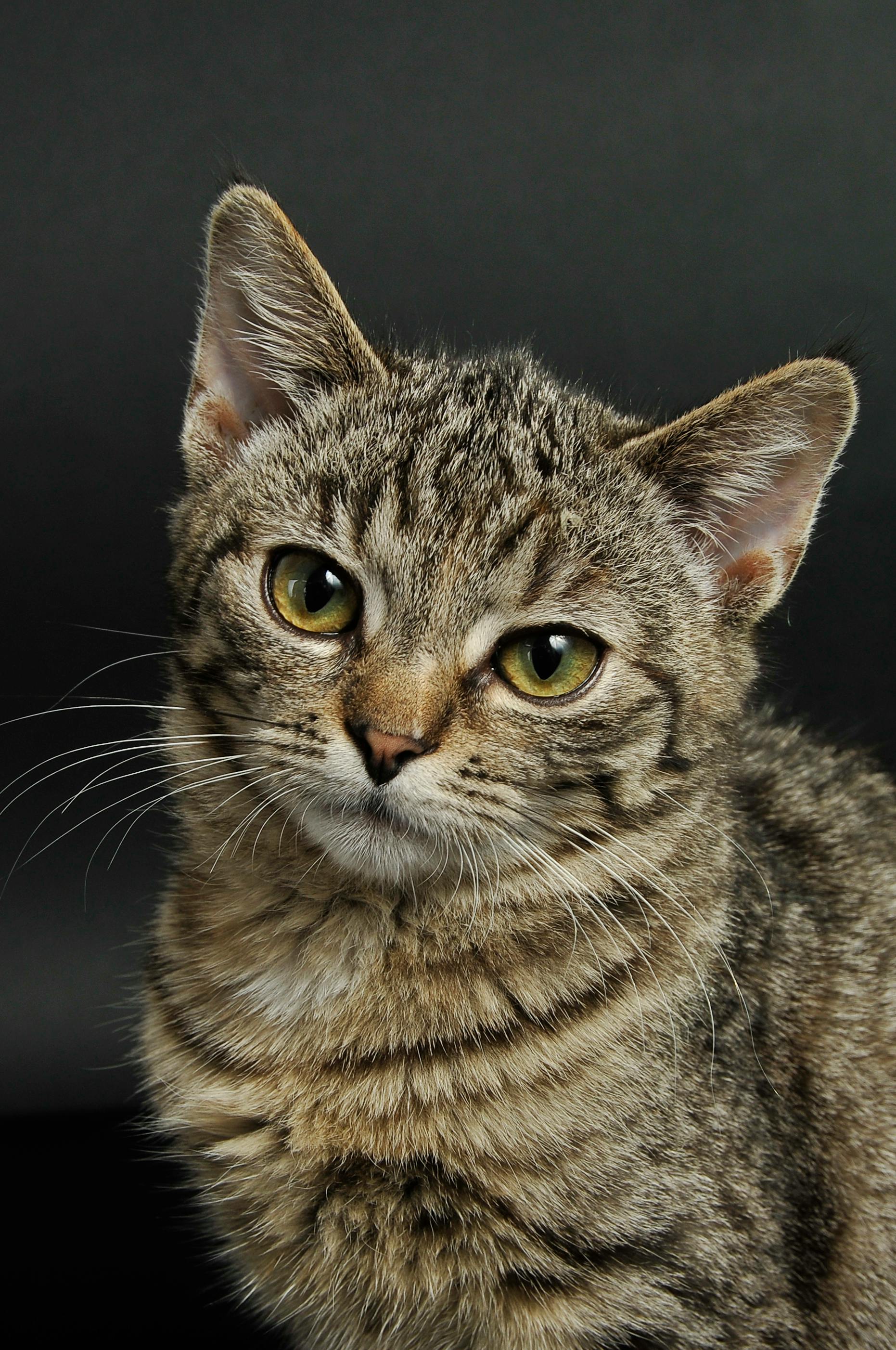
If there is no such marking, then they are not a tabby. If their stripes make an “M” on their forehead, they are a tabby. This is an easy way to determine if a cat is a tabby or not. The cat must be all the same color, just in different shades, to be considered a tabby.Īll tabby cats have an “M” on their forehead. For instance, you won’t find a cream-colored cat with gray tabby stripes. You won’t find tabby patterns with multiple colors, though. Brown tabbies are the most common, but any color is possible. For instance, a cat may be a brown tabby, which would mean that their stripes are dark brown and the rest of their body is a light brown. There is typically one color that dominates a tabby’s coat. The ticked tabby is similar to the spotted tabby, but with even smaller spots.Īny of these types of tabbies can come in any color. The spotted tabby has spots in a line pattern instead of solid lines. You also have the mackerel tabby, which has smaller and thinner stripes. These cats can come in any tabby coloring, which has many different forms.įor instance, you have the classic tabby pattern, which is what most people think of when they imagine a tabby cat. This is likely the most common type of Domestic Shorthair color. Tabby Colors Image Credit: Thewonderalice, Unsplash These cats are often black where their hair is thickest, while their stomach, neck, and other areas with less fur tend to be gray or white.Ģ. Smoke colorations are also common, which basically is a black coat with white roots. If they come in a color like blue or lilac, there is likely a purebred cat somewhere in their ancestry. After all, they won’t belong to any particular cat breed.įor this reason, these cats can come in any solid color, even those that are a bit rare. When you combine a Domestic Shorthair with another shorthaired cat, all the kittens are technically Domestic Shorthairs. Typically, it is the result of mixed breeding. Many of these are actually British Shorthairs, but you will find this gene in the Domestic Shorthair population as well. Instead, you’re much more likely to find a fawn, white, or black cat.īlue cats are uncommon as well. For instance, chocolate and lilac Domestic Shorthairs are somewhat uncommon. Some are a bit rare because they are more commonly seen in specific breeds.

These cats can technically come in any solid color. The 8 Common Domestic Shorthair Cat Colors 1.

There are no restrictions on how these cats may look, as long as they have short hair and don’t belong to any particular cat breed. Since this cat does not have a breed standard, technically any color is allowed.

They are typically known as the “generic” cat breed because there isn’t anything particularly different about them. These cats are some of the most common in the United States. They are different from other shorthaired breeds, like the British Shorthair and the American Shorthair, because these cats are not recognized by any particular cat organization and do not have a breed standard. The Domestic Shorthair is a shorthaired cat that does not belong to any particular cat breed.


 0 kommentar(er)
0 kommentar(er)
